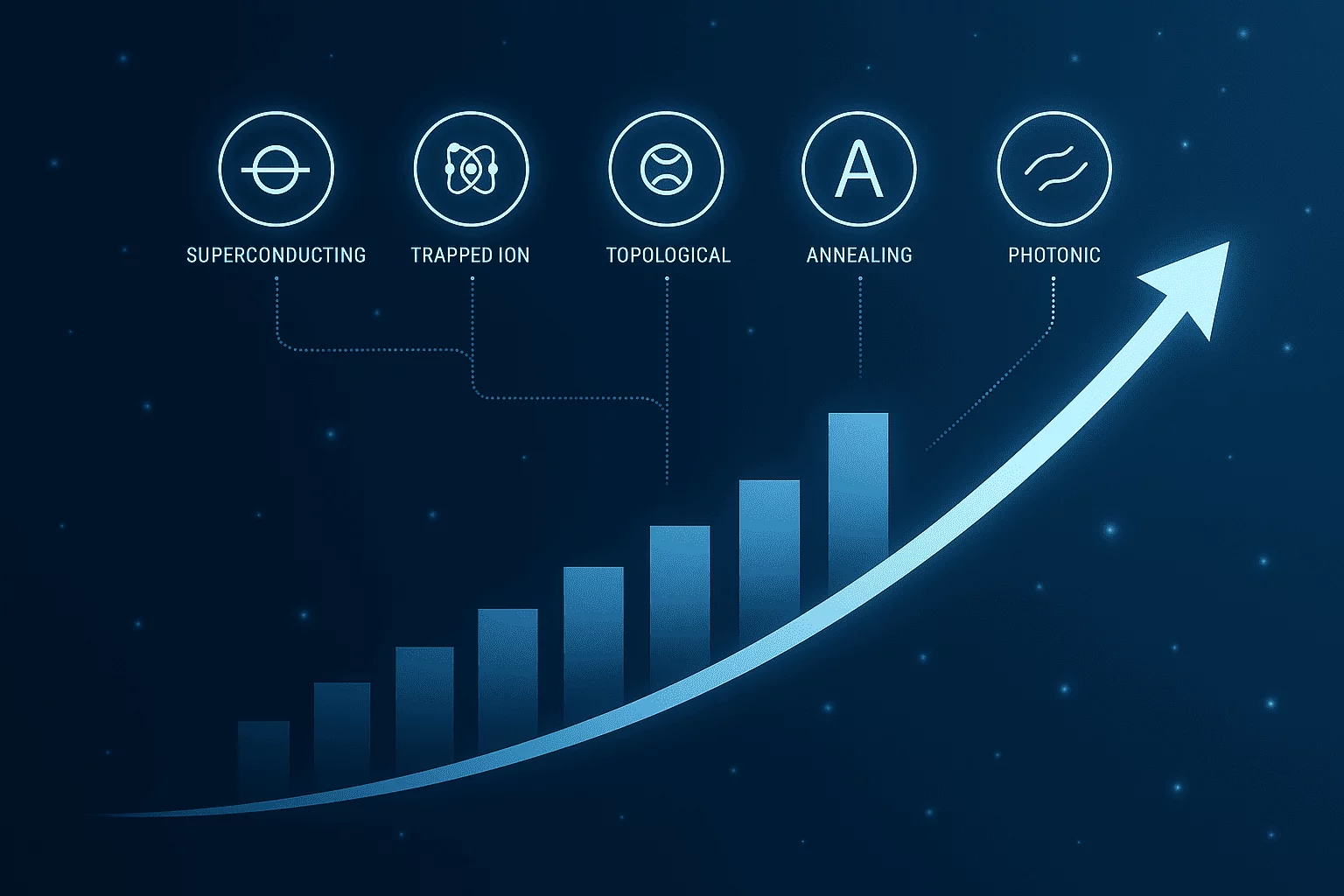Georgia’s evolving trade relationship with the European Union (EU) is at a pivotal moment. The Deep and Comprehensive Free Trade Area (DCFTA), part of the broader EU-Georgia Association Agreement, has dismantled tariffs and harmonized regulations, fostering economic integration. As a key EU member, Sweden plays an essential role in trade relations, with growing bilateral investments and strategic business opportunities. However, to fully capitalize on these trade benefits, businesses and investors must navigate complex regulatory landscapes, geopolitical influences, and sector-specific challenges. Explore the expanding trade opportunities between Georgia, Sweden, and the EU in 2025. Discover key sectors, investment potential, and strategic insights for businesses looking to leverage Georgia’s economic growth and EU integration.
Current Trade Relations and Agreements
EU-Georgia Trade Relations
Georgia and the EU share a robust economic partnership under the EU-Georgia Association Agreement, effective since 2016, which includes the DCFTA. This agreement eliminates most tariffs, ensuring preferential market access for Georgian exporters while facilitating European businesses in Georgia.
Key Trade Figures (2023-2025 Forecasts)
- EU is Georgia’s largest trading partner, accounting for 20.9% of Georgia’s total trade in 2023.
- EU-Georgia trade turnover in 2023: €4.36 billion.
- EU exports to Georgia: €3.6 billion.
- EU imports from Georgia: €752 million.
- Projected Growth in 2025: 5-7% increase in trade volume, driven by investments in infrastructure and logistics.
Bilateral Trade: Georgia-Sweden
Sweden, as an EU member, trades with Georgia under the DCFTA framework but has additional bilateral investment treaties and a double taxation avoidance agreement (in force since 2014) to enhance investor security.
Sweden-Georgia Trade in 2023
- Swedish exports to Georgia: $37 million (vehicles, machinery, medical devices).
- Georgian exports to Sweden: $1-2 million (wine, packaging materials).
- Swedish development aid to Georgia: SEK 3 billion over the past decade, supporting economic reforms.
2025 Outlook:
- Swedish exports to Georgia projected to grow by 8-10% due to demand for industrial equipment and sustainable energy solutions.
- Georgia’s exports to Sweden expected to double, driven by organic and high-value agri-food products, as well as an increase in tech services.
TABLE: EU & Sweden Trade with Georgia (% of Total Trade)
| Year | EU Share (%) | Sweden Share (%) | Total Trade (€ Billion) |
|---|---|---|---|
| 2023 | 20.9 | 1.5 | 4.36 |
| 2025 (Projected) | 23.5 | 2.5 | 5.0 |
Key Trade & Investment Opportunities in 2025
1. Manufacturing & Industrial Production
Opportunities:
- Georgia’s industrial sector is expanding, offering low-cost production hubs for EU businesses.
- Free Industrial Zones (FIZs) in Poti and Kutaisi provide tax incentives for manufacturers.
- Potential Swedish involvement: Machinery, green technology, and component assembly for EU re-export.
Challenges:
- Upgrading product quality and compliance with EU standards.
- Infrastructure limitations in logistics and transportation.
2. Technology & Innovation
Opportunities:
- Georgia’s IT and fintech sectors are growing, with competitive labor costs and EU market access.
- Swedish investors can establish R&D hubs or partner with Georgian startups.
- E-commerce and digital services poised for expansion under DCFTA’s cross-border trade provisions.
Challenges:
- Skills gap in advanced technology sectors.
- Need for more venture capital investments to scale Georgian startups.
3. Agriculture & Agri-Food Exports
Opportunities:
- Georgia’s wine, hazelnuts, mineral water, and organic produce are in demand in the EU.
- Swedish retailers increasingly seeking premium and organic Georgian food products.
- Joint investment in processing and certification facilities to meet EU food safety standards.
Challenges:
- Compliance with strict EU sanitary and phytosanitary standards.
- Packaging and branding upgrades needed to appeal to high-end EU markets.
4. Energy & Renewable Resources
Opportunities:
- Georgia aims to become a renewable energy exporter to the EU.
- Black Sea Submarine Cable project to connect Georgia to the EU power grid.
- Swedish expertise in hydro and wind energy can support Georgia’s clean energy goals.
Challenges:
- Financing large-scale energy projects remains a barrier.
- Regulatory uncertainty in long-term energy contracts.
5. Logistics & Transport Hub
Opportunities:
- Georgia is a key transit route for the Middle Corridor (Europe-Asia trade).
- Port expansions in Poti & Batumi enhance logistics capabilities.
- Baku-Tbilisi-Kars railway improves trade efficiency with the EU.
Challenges:
- Bureaucratic delays in customs procedures.
- Competition from alternative transit routes in Armenia and Turkey.
Trade Opportunities in 2025: Barriers & Risks
| Barrier | Description | Impact on Trade |
|---|---|---|
| Regulatory Standards | EU compliance requirements for Georgian exports | High |
| Geopolitical Tensions | Russia’s influence & trade disruptions | Medium-High |
| Political Instability | Internal governance & EU accession pace | Medium |
| Infrastructure Gaps | Logistics bottlenecks & port limitations | Medium |
Strategic Recommendations for Businesses & Investors
Maximize DCFTA Benefits
- Georgian exporters should ensure compliance with EU rules of origin to leverage zero-tariff access.
- EU companies should utilize Georgia as a low-cost production hub for the broader EU market.
Invest in High-Growth Sectors
- Prioritize manufacturing, renewable energy, agri-business, and tech startups.
- Swedish investors should explore green energy projects with EU-backed financing.
Strengthen Supply Chain & Logistics
- Companies should establish warehousing and logistics hubs in Georgia to serve EU markets.
- Invest in rail and port-based logistics to benefit from growing transit trade.
Leverage Financial & Technical Support Programs
- EU4Business grants and EBRD funding available for SMEs expanding into EU markets.
- Swedish export financing can support infrastructure and technology partnerships.
Monitor Political & Economic Trends
- Stay updated on EU candidate status negotiations, as regulatory alignment will accelerate trade benefits.
- Diversify markets to reduce reliance on any single trading partner.
Conclusion
Georgia’s trade with Sweden and the broader EU is on an upward trajectory, supported by the DCFTA and growing bilateral investments. The opportunities in manufacturing, tech, agriculture, renewable energy, and logistics are immense. However, businesses must navigate regulatory hurdles, infrastructure gaps, and geopolitical risks to fully harness these benefits. By strategically leveraging free trade agreements, investing in compliance, and capitalizing on EU-backed financing, both Georgian and European businesses can unlock the full potential of trade in 2025 and beyond.
For companies seeking long-term success, now is the time to act—Georgia’s evolving economic landscape offers unparalleled opportunities for growth and market expansion in the EU.





